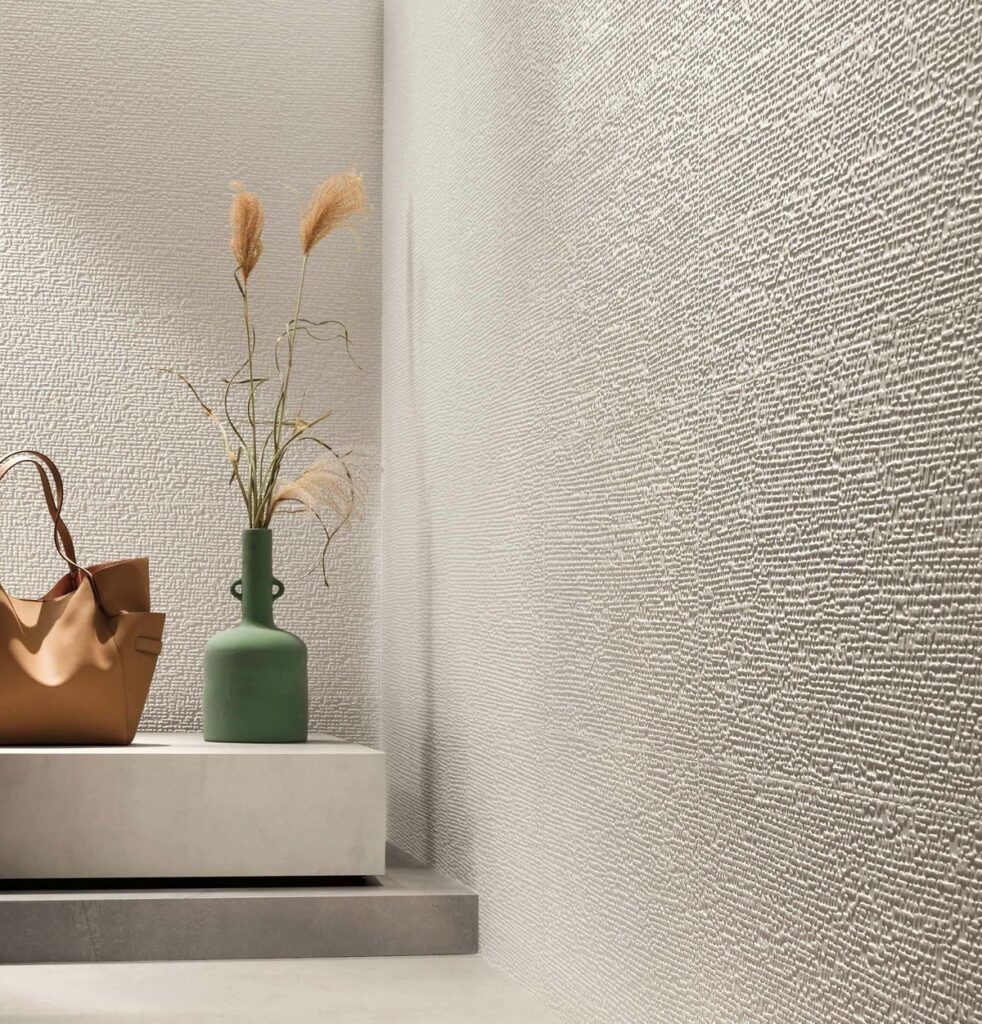Texture Design
Unveiling the Artistry of Texture Design
The Art of Texture Design: Elevate Your Walls with Style
When it comes to interior decor, walls play a crucial role in setting the ambiance of a space. While paint and wallpapers are popular choices, nothing adds depth, personality, and sophistication quite like texture design. Texture design transforms plain walls into artistic statements, offering an exquisite blend of style and function. Whether you’re looking to create a cozy atmosphere or a bold, dramatic effect, wall texture design can redefine your space beautifully.
Texture design refers to the creative use of materials and techniques to add dimension and visual appeal to walls. Unlike flat-painted walls, textured walls create a tactile experience, making spaces feel more dynamic and engaging. From rustic brick and stone finishes to sleek, modern geometric patterns, texture design offers endless possibilities for enhancing interiors.

Enhancing Visual and Tactile Experiences of texture designs
Texture design is a multifaceted art form that transcends mere aesthetics; it’s a gateway to sensory experiences. In the world of interior design, texture design plays a pivotal role in shaping environments. From the velvety smoothness of satin sheets to the rugged authenticity of reclaimed wood, textures engage our senses, creating spaces that resonate with character and emotion.
Architects and designers meticulously select and juxtapose textures to influence how light plays on surfaces, how spaces feel, and how they communicate a story. Whether it’s the organic warmth of natural stone or the futuristic allure of metallic finishes, texture design transforms spaces into immersive works of art. Through the skillful interplay of texture, designers elevate ordinary places into extraordinary experiences, proving that in design, touch is as important as sight.

Benefits of Texture Design
1. Aesthetic Appeal
Texture design enhances the visual depth of a room, creating an elegant and luxurious feel. Whether you prefer subtle, sophisticated textures or bold statement walls, texture design can bring your vision to life.
3. Adds Durability
Textured walls are more resistant to minor wear and tear compared to flat-painted walls. They can withstand daily interactions without showing signs of scratches or dents, making them ideal for high-traffic areas like living rooms and hallways.

2. Hides Imperfections
One of the practical advantages of texture design is its ability to conceal wall imperfections such as cracks, uneven surfaces, or minor damages. This makes it a great option for older homes or spaces with structural inconsistencies.
4. Enhances Lighting Effects
Different textures reflect light uniquely, creating beautiful shadow effects and enhancing the overall ambiance of the room. The interplay of light and texture adds character and charm, making the space feel more inviting.
Popular Texture Design Styles
Texture design refers to the creative use of materials and techniques to add dimension and visual appeal to walls. Unlike flat-painted walls, textured walls create a tactile experience, making spaces feel more dynamic and engaging. From rustic brick and stone finishes to sleek, modern geometric patterns, texture design offers endless possibilities for enhancing interiors.
1. Venetian Plaster
A timeless classic, Venetian plaster adds a smooth yet subtly textured finish to walls. It gives a luxurious, polished look while maintaining a soft, organic feel.
2. Brick and Stone Textures
For a rustic or industrial look, exposed brick or stone-textured walls add raw elegance. These textures work beautifully in loft apartments, cafes, and modern living spaces.
3. Geometric Patterns
Modern and chic, geometric texture design incorporates 3D patterns that add depth and symmetry to a room. This style is perfect for contemporary homes looking for a bold design statement.
4. Stucco Finish
Stucco provides a rough, organic feel, making it a great choice for Mediterranean or Spanish-style interiors. It’s durable, easy to maintain, and adds a unique character to walls.
5. Wood and Fabric Textures
For a cozy and warm atmosphere, wood paneling and fabric-textured walls create an inviting and elegant ambiance. These textures are often used in bedrooms and study areas for a soft, comforting feel.
6. Concrete Finish
A favorite in modern and industrial-style interiors, concrete finish texture design adds a raw yet sophisticated look. It brings an urban, minimalist aesthetic to spaces, making it perfect for contemporary homes, offices, and commercial settings.
Our Texture design Process
Now that you’ve chosen the right interior painting service, let’s explore the typical process involved in transforming your living spaces:
Choosing the Right Texture Design for Your Space
When selecting a texture design, consider the overall theme of your home and the function of the space. Here are a few tips:

For Small Spaces:
Opt for subtle textures like Venetian plaster or fine-grain stucco to maintain a spacious feel.
For Large Rooms:
Bold textures like brick, stone, or 3D panels can create an eye-catching focal point.
For Cozy Ambiance:
Wood or fabric textures add warmth and make a room feel more intimate.
For Modern Interiors:
Sleek, geometric patterns enhance contemporary spaces with a sophisticated edge.

